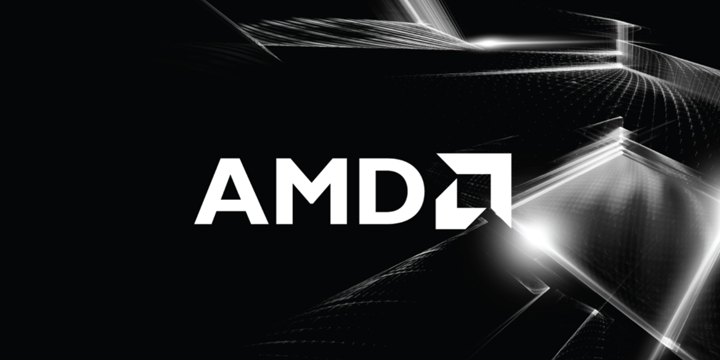In the history of graphics cards, AMD has brought many classic products, which have attracted countless fans.But at the same time, there are some GPUs that are impressive, but they’re the other way around.
A few days ago, some foreign media compiled several so-called AMD (ATi) disappointing graphics cards in the history. How many have you used? Do you agree?
Radeon 8500

Published in 2001, it was regarded as a strong opponent of NVIDIA GeForce 3 at the time, and the price of $299 was also $50 cheaper than the GeForce 3 Ti 500. However, at the beginning of publication, the old problems of the 250 clock version of the driver had not been resolved at the time, leaving players with the impression that the performance was very mediocre.
According to foreign media, the actual performance of the Radeon 8500 in some games is even half that of the GeForce 3 Ti 500, although the 3DMark 2001 running score is very high. But the poor driver optimization can only match the GeForce 3 Ti 200, which is less than $200.
Although the follow-up Radeon 9000 saves face for ATi, it is also because of the Radeon 8500.
Radeon R9 390X

Frankly speaking, the graphics cards launched after the merger of AMD and ATi in 2006 all performed well. Although the HD 3000/6000 can still be criticized, they are also flawed. The 2013 R9 290X is a beautiful counterattack against the GTX 780.
However, AMD eventually fell on the 28nm process of its girlfriend GlobalFoundries, and then started the crazy vest strategy, resulting in the R9 300 series graphics card being nothing but shell replacement.
Tests show that the R9 390X can barely catch up with the GTX 980 in 1080P games, but NVIDIA still has the terrifying GTX 980 Ti. The worse problem of the R9 390X is that the power consumption is extremely high, not only close to twice the GTX 980, but also 100W higher than the R9 290X.
Radeon R9 Fury X

Launched in 2015, the Fiji core was developed with the third-generation GCN architecture and equipped with 4GB HBM memory. It was very ambitious at the time, and even the public version of the card was directly liquid-cooled.
However, at the same price of $649, the GTX 980 Ti is almost the same as the Fury X in game performance. In terms of extreme performance, NVIDIA still has the mighty TITAN X, although it is $350 more expensive, players are still willing to buy it.
Another problem with Fury X is the poor overclocking performance. It may be due to the core process and the lack of understanding of the HBM memory. The overclocking performance is very poor, and it is extremely difficult to reach 10%. On the other hand, the GTX 980 Ti can be easily overclocked by 20%, further unlocking its performance potential.
Radeon RX 590

RX Vega has just made some achievements, and AMD has started to play mid-level vest cards again. Although the RTX 20 series is also suspect, ray tracing is packaged by NVIDIA as a new selling point that I do not have.
The reason for the existence of the RX 590 seems to be only to bridge the large performance gap between the RX 580 and the Vega 56, but changing the soup without changing the medicine means that the RX 590 is essentially an RX 580 overclocking, while the RX 580 is essentially an RX 480 overclocking, which leads to The power consumption of the RX 590 reaches 225W, which is 75W higher than that of the RX 480, and even higher than that of the Vega 56.
Radeon VII

In the face of the embarrassment of RTX 2080 and the whole family, AMD hastily launched the Radeon VII with the name of the world‘s first 7nm process game graphics card, but its essence is nothing more than a “reduction” of the data center product Radeon Instinct MI50.
From the perspective of absolute performance, Radeon VII and RTX 2080 can indeed compete, but the advantage is also very slight, and even in some games, it is still a little bit powerless to play GTX 1080 Ti.
Another problem with Radeon VII is production capacity and cost. At that time, the production of 7nm GPU and configuration of 16GB HBM2 memory made AMD almost sell it at a loss in the middle and early stages. The cost has finally come down, and the RX 5000 series has also been launched. The RX 5700 XT can achieve nine performances of the Radeon VII, but the price is only half.
source of information
Further reading:
